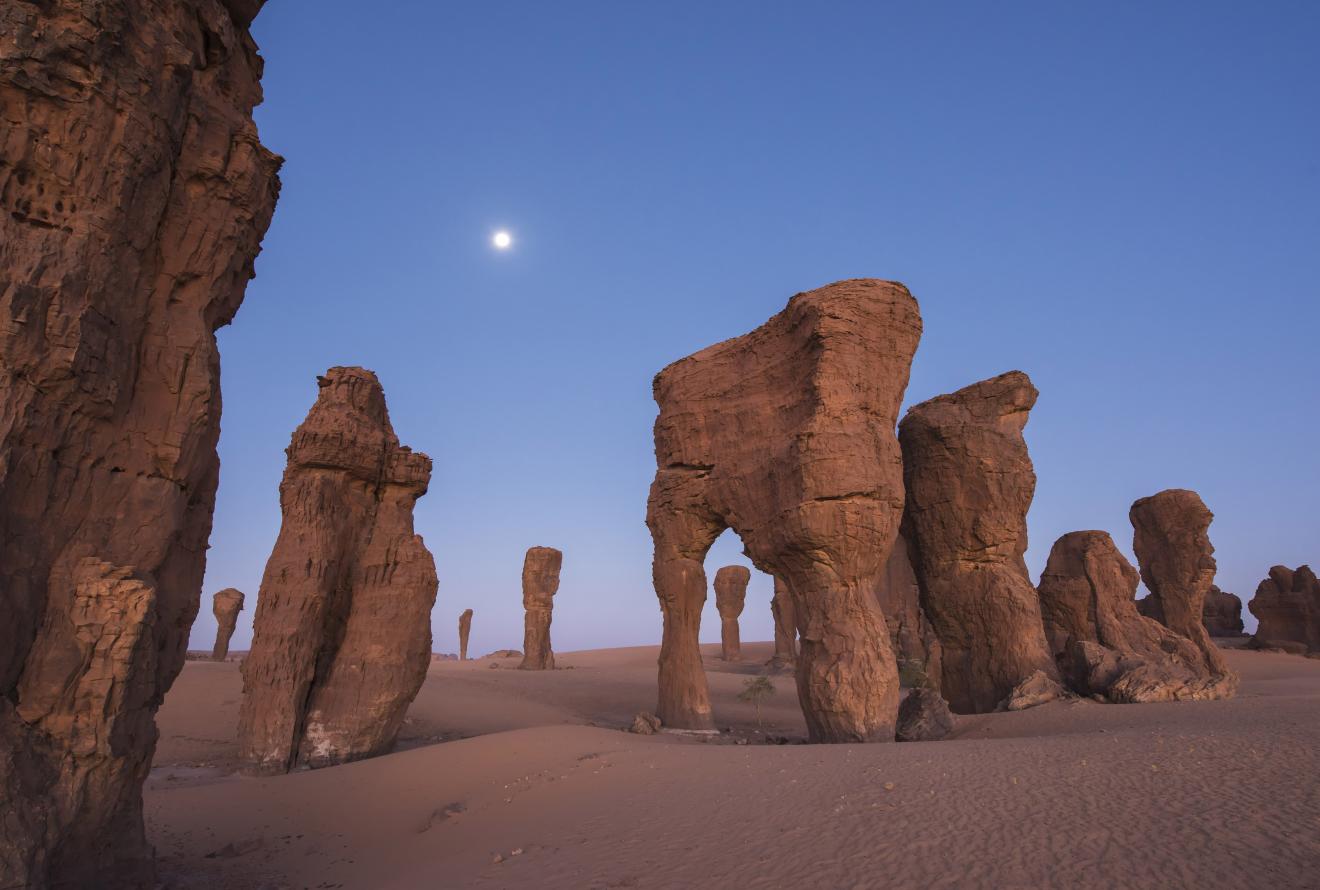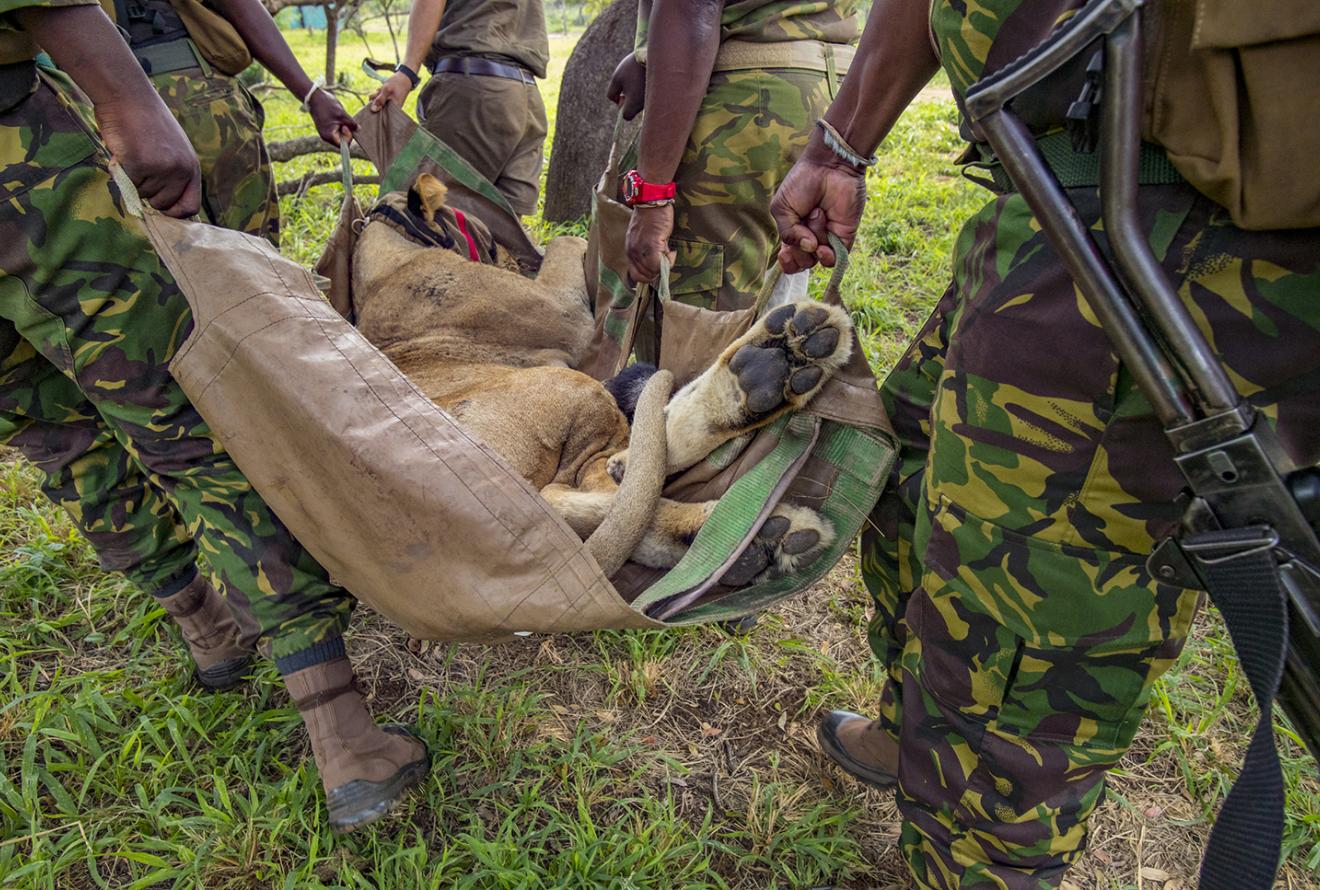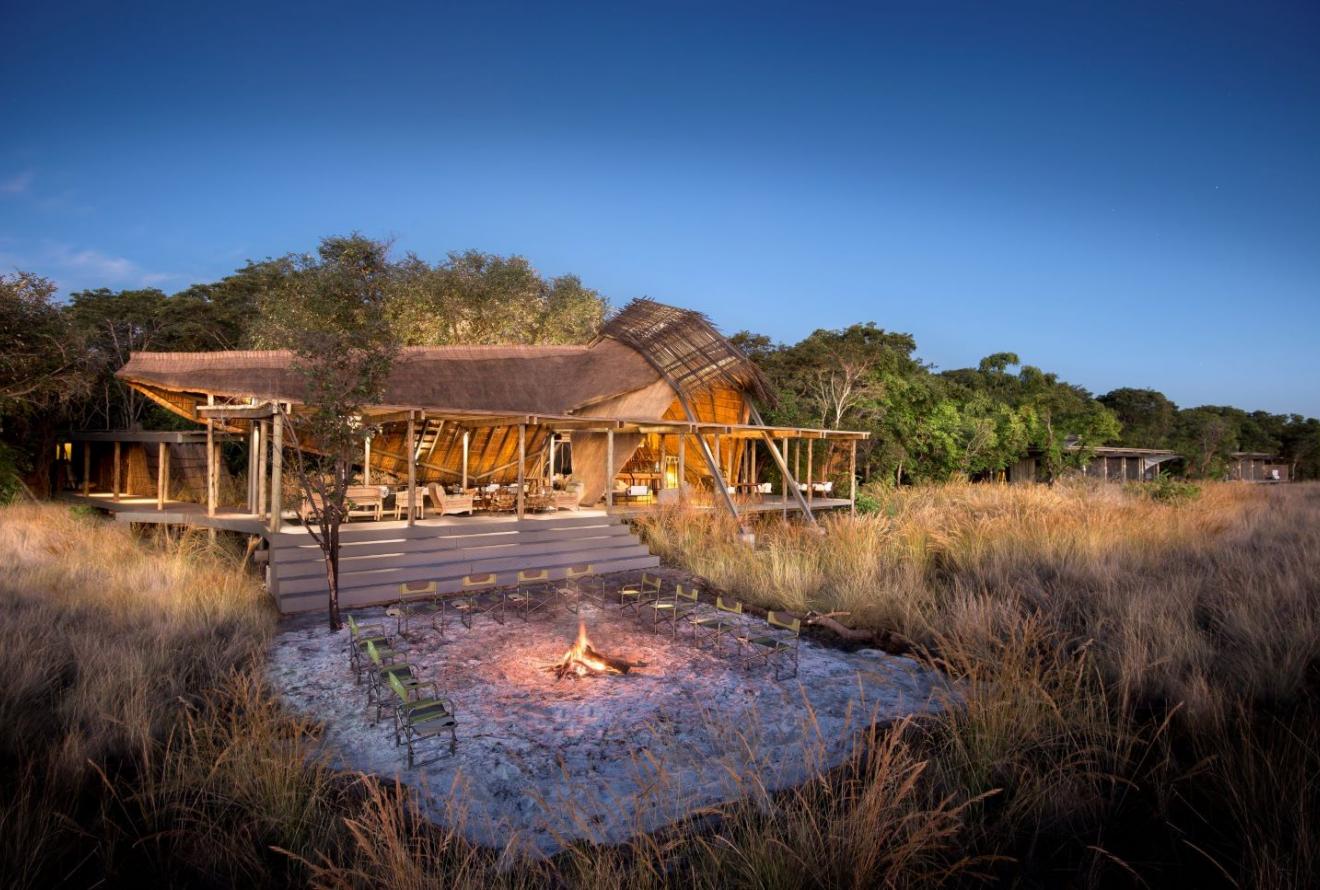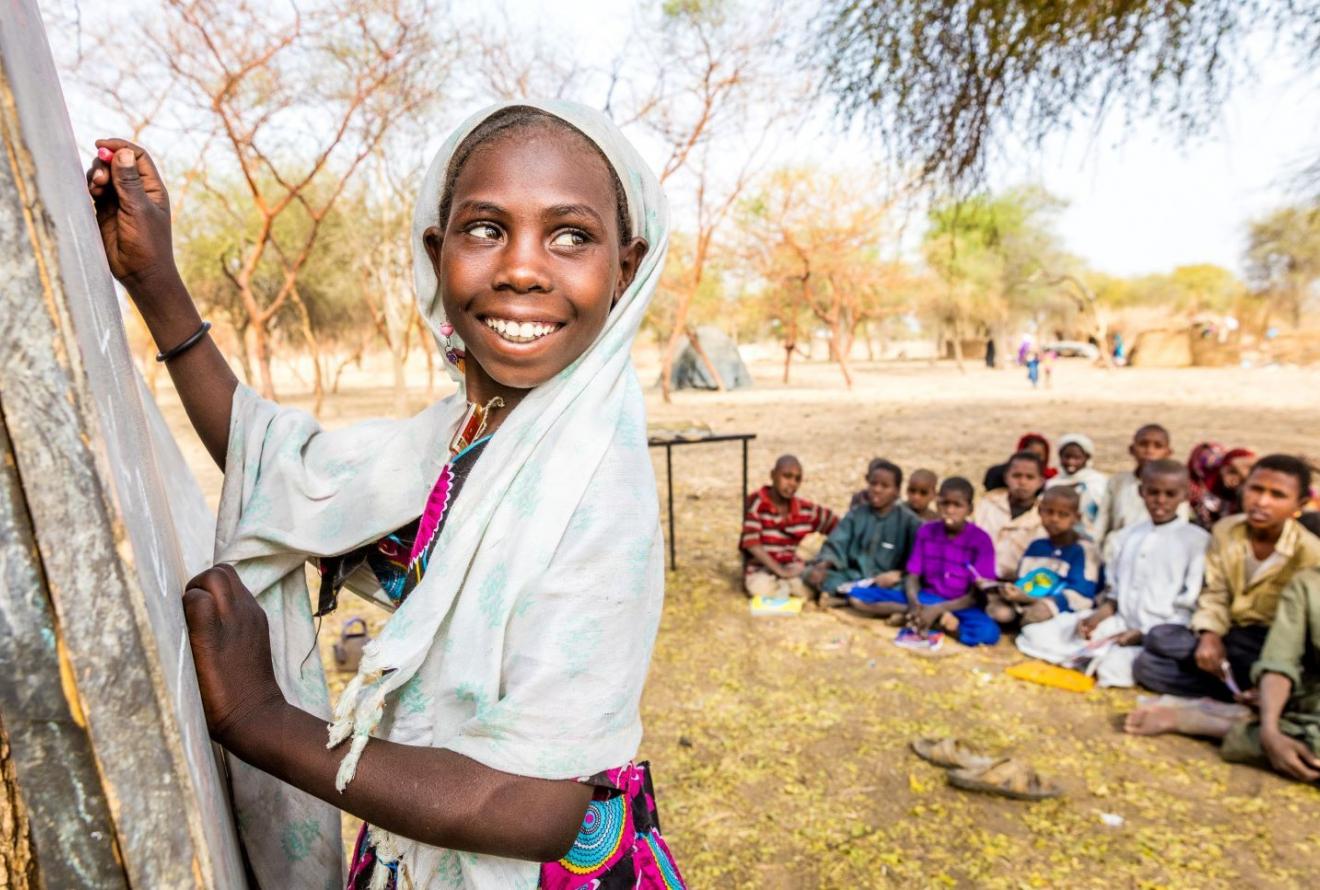Dear Friends,
2018 has been another impactful year at African Parks, thanks to you and your support of our challenging, and at times harrowing work, to protect the last of the wild, where so much is at stake – human and animal survival, alike.
20 Parks by 2020
2018 saw us progress towards our goal of managing 20 parks by 2020. In February, we signed on Ennedi Natural and Cultural Reserve in Chad and in March, Mangochi Forest Reserve was also added to our portfolio, a small but significant reserve contiguous to Liwonde National Park in Malawi. This brought us to having 15 parks in nine countries under management, protecting 10.5 million hectares, which is the largest amount of area under management by any one NGO in Africa. In addition, 2018 was important for preparing the ground for a number of additional parks in various countries which we anticipate concluding soon.
We kicked off the year with a groundbreaking partnership with the National Geographic Society joining us with the Government of Benin, the Wyss Foundation, and the Wildcat Foundation, in announcing a $23.5M joint commitment to support Pendjari National Park in Benin. This is a globally significant landscape in West Africa, which now serves as a beacon of hope for the largest remaining populations of elephants, lions and cheetahs in the region.
 © Michael Viljoen
© Michael ViljoenRestoring Species
Several historic species translocations were conducted this year. We completed two translocations in Malawi with the DNPW, bringing lions back to Liwonde National Park in August for the first time in 20 years, and we introduced 13 giraffe from South Africa to Majete Wildlife Reserve in October. Returning lions to Liwonde was part of a larger predator restoration effort, where they joined cheetahs which were reintroduced to the park at the end of 2017. This was done with support provided by the Dutch Government and the Lion Recovery Fund. The giraffe translocation to Majete was carried out with Giraffe Conservation Foundation and could not have come at a better time given that the IUCN recently announced the up-listing of several subspecies of giraffe, highlighting the threats the entire species is facing. Both translocation projects had two goals: to continue to restore biodiversity to the parks, while boosting tourism to support local communities and the emerging conservation-led economy within the region.
Unfortunately, one translocation, which was also one of our most celebrated and globally recognized events, was met with serious hardship. After years of planning, in May we moved six black rhinos from South Africa to Zakouma National Park in Chad, in collaboration with the Chadian and South African Governments, and South African National Parks (SANParks). We however experienced some major setbacks when four rhinos died in October, leaving two surviving females. They were not lost to poaching, disease, or stress, but initial results found that there was a loss of internal body condition, possibly linked to nutritional uptake and reduced energy reserves, making them more susceptible to secondary infections. Additional results are forthcoming from vegetation and soil analyses, which will also help us determine a plan of action for the two surviving rhinos, as well as the outcome of the overall larger reintroduction project in 2019, for which we remain optimistic.
 © Steve Winter
© Steve WinterBuilding Stability
In Chinko in the Central African Republic, we managed to keep the park which spans 20,000 km2 (an area twice the size of Yellowstone National Park) free of cattle and key poaching threats. For the first time in years, we witnessed the bouncing back of buffalo, hartebeest, hippo, waterbuck, and bushbuck. There are also now frequent sightings of Lord Derby eland, bongo, and roan antelope. Even elephants have been sighted. Survey results also indicated a population of over 1,000 chimpanzees, highlighting the ecological diversity harboured within the park. Importantly, we saw the return of 380 Internally Displaced People (IDP's) who had fled to Chinko last year for their personal safety, who were voluntarily relocated and safely reintegrated into one of the communities outside of the parks' boundary. It was an emotional farewell from both our park staff and for the IDP's who were grateful for the refuge afforded to them. What is happening in Chinko was captured accurately by the Washington Post, describing the park as the one bright spot of governance in a country that is 80% controlled by rebels. The article shares how we are funding dozens of teacher salaries, providing healthcare, how markets have arisen to support the hundreds of people employed by the park creating a conservation-led economy, and that it is one of the only stable areas in the entire nation, validating the many roles well-managed protected areas play in even the most unstable of regions.
 © Jean Labuschagne
© Jean LabuschagneIn June, we commemorated Garamba National Parks’ 80th Anniversary in the Democratic Republic of Congo. It was a memorable and moving event, presided over by the Director General of ICCN Pasteur Cosma Wilungula, where we symbolically burned part of Garamba’s ivory stockpile. As the flags of the nation and the park were raised that day, they were saluted by hundreds of rangers and looked upon by over a thousand community members. Our revised law enforcement efforts there are truly making a difference. With thanks to support from the Wildcat Foundation, the EU, USAID, the World Bank, and others, we have reduced elephant poaching by 50% in 2017 and, this year, only two elephants have been lost to poaching. While we paid tribute on the parks 80th anniversary to a painful past, the belief in a brighter future was palpable. Together we are demonstrating that with a shared vision, political will, donor support, and engagement with local communities, we can shift the trajectory of Garamba and the region and are now offering a safe place for wildlife and people in the most extraordinary circumstances.
Poaching has remained at an all-time low for several parks under our management, including Akagera in Rwanda, Liwonde in Malawi and Zakouma in Chad. In Zakouma this year, we counted a record number of elephant calves – 127 under the age of five years old; in 2011 we only counted one. The overall elephant population surpassed 560 individuals, which is the first-time numbers have been on the rise for decades. Bazaruto Archipelago National Park in Mozambique, the first seascape to fall under our management, became fully operational this year with a newly recruited and trained Ranger team, 18 of whom are women. Tourism also surged in several places. Akagera National Park in Rwanda is on its way to bringing in nearly $2M in income, a remarkable figure in achieving almost 80% self-financing. Liuwa Plain National Park in Zambia was firmly solidified as a premier wildlife and tourist destination, with the fully operational King Lewanika Lodge run by partners at Time + Tide. The park was listed as one of the ‘top 52 places’ to visit in 2018 by the New York Times, and the lodge made Time Magazine’s top 100 destinations.
 © Time+Tide
© Time+TideOur Team
2018 was marked with notable staff achievements. Four of our rangers were awarded the inaugural Paradise Ranger Award established by the Paradise International Foundation and the Founder of Alibaba Jack Ma, where they will support 500 rangers over the next 10 years. We are extremely proud of Voster Mweene (Liuwa Plain), Kasereka Kisuki Alexandre (Garamba), Paul Kumwamba (Nkhotakota), and Tizola Moyo (Majete) who were recognized this first year. We also had three African Parks staff members graduate from the Southern African Wildlife College (SAWC) in November after completing a one-year course to advance their knowledge and careers as wildlife professionals: Steve Wemba, a Community Extension Officer from Majete (who graduated top of his class); Edwin Matutu, a Law Enforcement Officer from Bangweulu; and Guy Mbone, the Operations Manager from Garamba. African Parks has had 13 African national staff attend the SAWC over the years and we look forward to additional staff completing more courses in the future.
 © Marcus Westberg
© Marcus WestbergThank You
We have had a remarkable year, but none of this would be possible without your ongoing support and partnership. These achievements, which are just a sample of highlights from the year, are your achievements, and from everyone at African Parks, we are eternally grateful for your continued commitment to our mission, for remaining steadfast, and staying the course with us to truly make an impact for wildlife, and for millions of people.
I look forward to 2019 and all the work we’ll be able to accomplish together, with your support.
With my sincere thanks,
Peter Fearnhead
CEO
African Parks
I’d like to leave you with a new short film which will take you through some of the most extraordinary landscapes you are helping us protect.